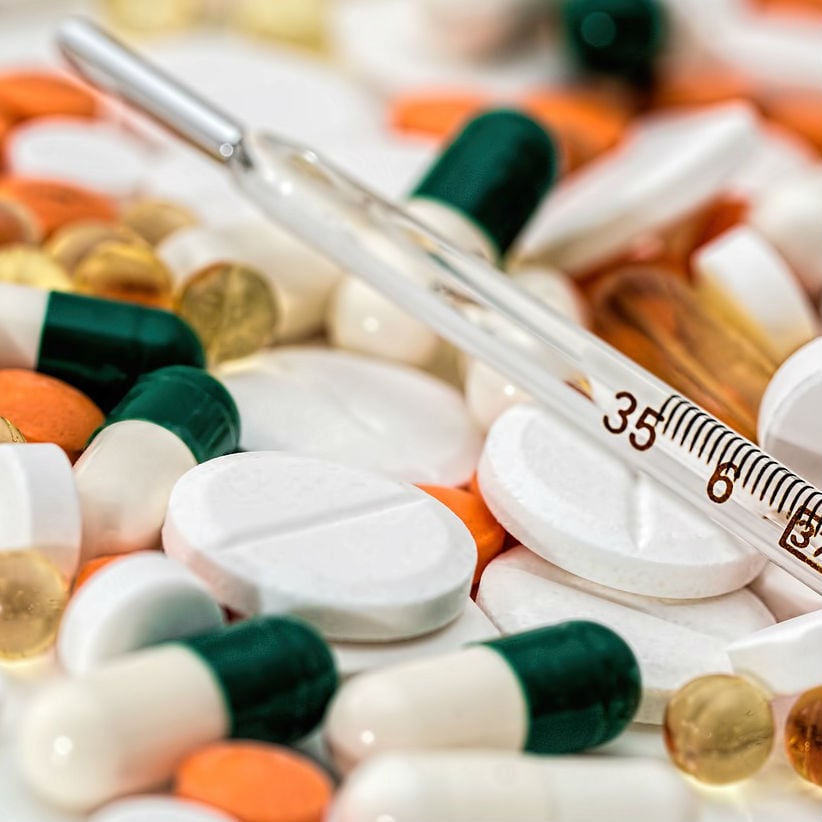Published:
The pharmaceutical industry is defined as the discovery, development, and manufacture of drugs and medications. It’s widespread, including research, chemicals, and the regulation and involvement of government agencies. However, the characteristics of the pharmaceutical industry differ by region. Today, we’ll look at the key aspects of this sprawling industry in Europe, Africa, Latin America, and the United States.
To begin, the European industry of pharmaceuticals. This industry is regulated by the European Medicines Agency and European Union-wide legislation, which target packaging, safety, transparency, and authorization procedures. The biggest pharmaceutical company in Europe is Bayer, and the use of prescribed medicine is highest among women and the elderly. Pharmaceutical companies spent an estimated 35.2 billion euros on research and development in 2017, and that number continues to grow, showing a promising future for this industry in Europe.
Next, pharmaceuticals in Africa. The industry is one of major growth in this region, expected to be worth $40 billion to $65 billion by 2020. This growth is caused by urbanization, healthcare capacity, and a better business environment. Urban households can adopt modern medicines, healthcare is becoming more efficient, and governments have introduced price controls and import restrictions throughout the continent. Furthermore, some governments are considering promoting more local production of drugs to reduce the need for imports.
In Latin America, growth in the pharmaceutical industry is expected, yet the market is difficult to predict, as it has slightly weaker data points available than some other regions. The growth is most likely in Brazil, Argentina, Mexico, and Colombia. Brazil and Mexico are key countries in pharmaceuticals around the world. Argentina is dealing with a recovering economy, yet the industry is growing, and Colombia has the potential to be at the top of the pharmaceutical industry in Latin America.
Finally, the United States. 119 million people in the United States use prescription drugs. The pharmaceutical industry in the U.S. reflects the magnitude of this number. It holds 45% of the pharmaceutical market. The top pharmaceutical company in the United States is Pfizer, with total revenues of 53.6 billion dollars. In terms of government regulation, the United States Food and Drug Administration is responsible for regulating drugs before sale to citizens.
Pharmaceuticals are a major industry, and, clearly, one that has immense potential for growth. With the global 2017 market worth $934.8 billion and an expected worth of $1170 billion in 2021, it will be exciting to see how this industry grows and expands.
File under






